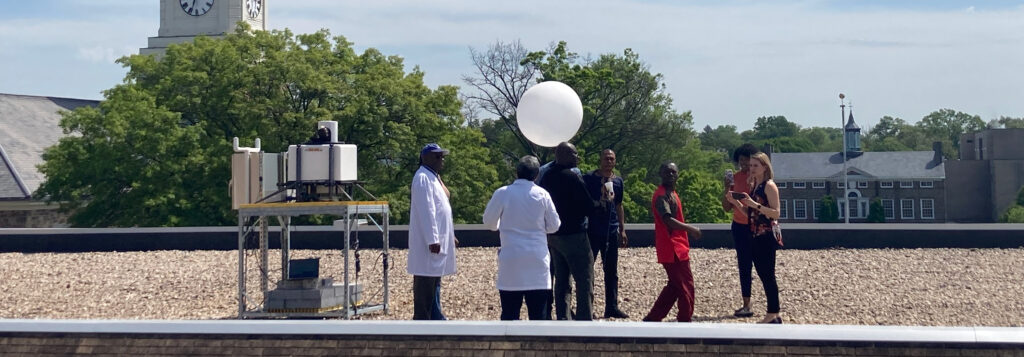
The problem
Excess heat kills people, directly and by exacerbating health issues. This is a particularly serious issue for poor and minority communities in cities, as the areas where these communities usually live have fewer parks, less tree canopy, and can be up to 10 degrees hotter than leafier neighborhoods. In addition, people who live in these communities are more vulnerable to heat-related illness due to worse housing and access to medical care. This is an issue of environmental justice and racial equity, and steps are needed to reduce or manage heat exposure in underserved and vulnerable communities.
How do the issues you study show up in Baltimore?
It’s hotter in the historically underserved neighborhoods of East and West Baltimore than in the more suburban northern neighborhoods, because these neighborhoods have more pavement and fewer trees. However, a lack of measurements within underserved neighborhoods means that we do not know exactly how much hotter or if this difference varies a lot day to day. We do not know exactly what causes variation in heat at different times and in different places. So we cannot predict the actual effects of proposed heat reduction efforts in Baltimore City.
Guiding questions for research
- What actions could reduce the impact of heat on the well-being of residents of Baltimore city over the coming decades?
- What additional benefits (such as reduced air pollution, job creation, more attractive neighborhoods) can these actions lead to?
The focus of research is with communities that have faced historical discrimination, resulting in high vulnerability. The team is considering actions that:
- Reduce how much heat is created (such as more tree canopy, shade structures, and new pavement material that heats less); and
- Reduce the impact of heat on communities (such as more and improved cooling centers, home air conditioning).
Sample project
To evaluate possible actions to reduce the impact of heat in Baltimore it is first necessary to know exactly how heat varies within the city, how different factors (such as tree coverage) control this variation, and what the health impacts are of heat on different communities. The Heat Team will use the work of the Atmospheric Dynamics Team and other teams to determine how heat varies with landscape elements (such as buildings, roads, and trees), and how high heat affects asthma in different Baltimore neighborhoods.
Team lead
Darryn Waugh, Johns Hopkins University

